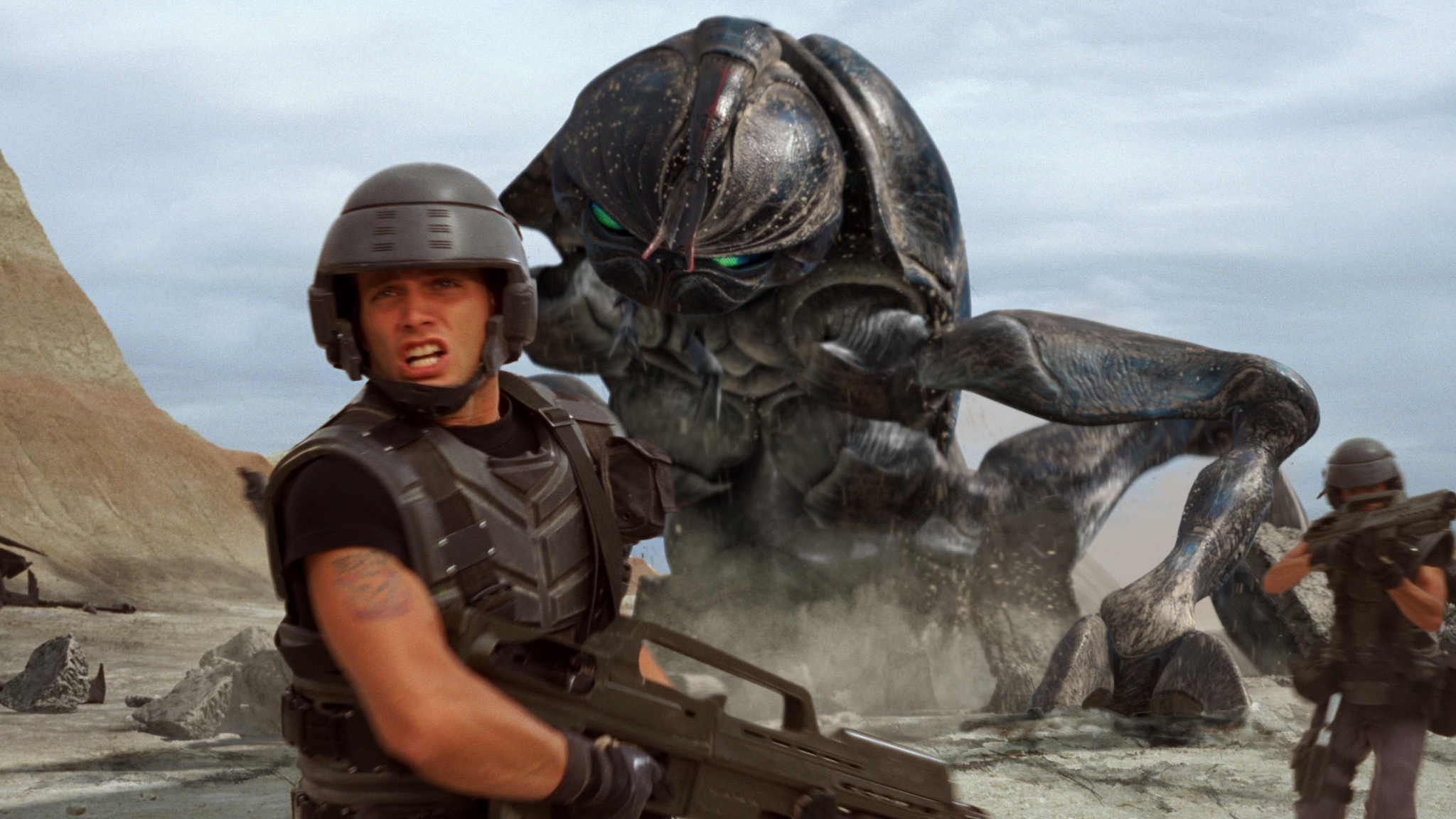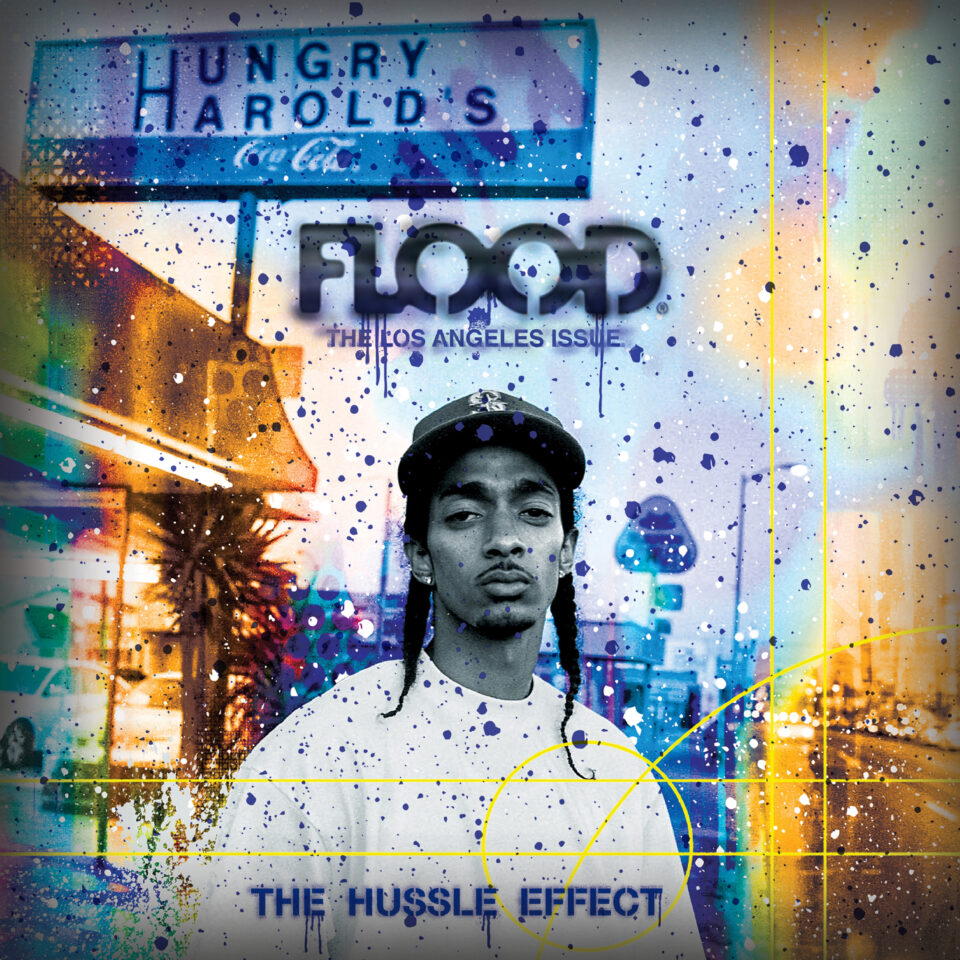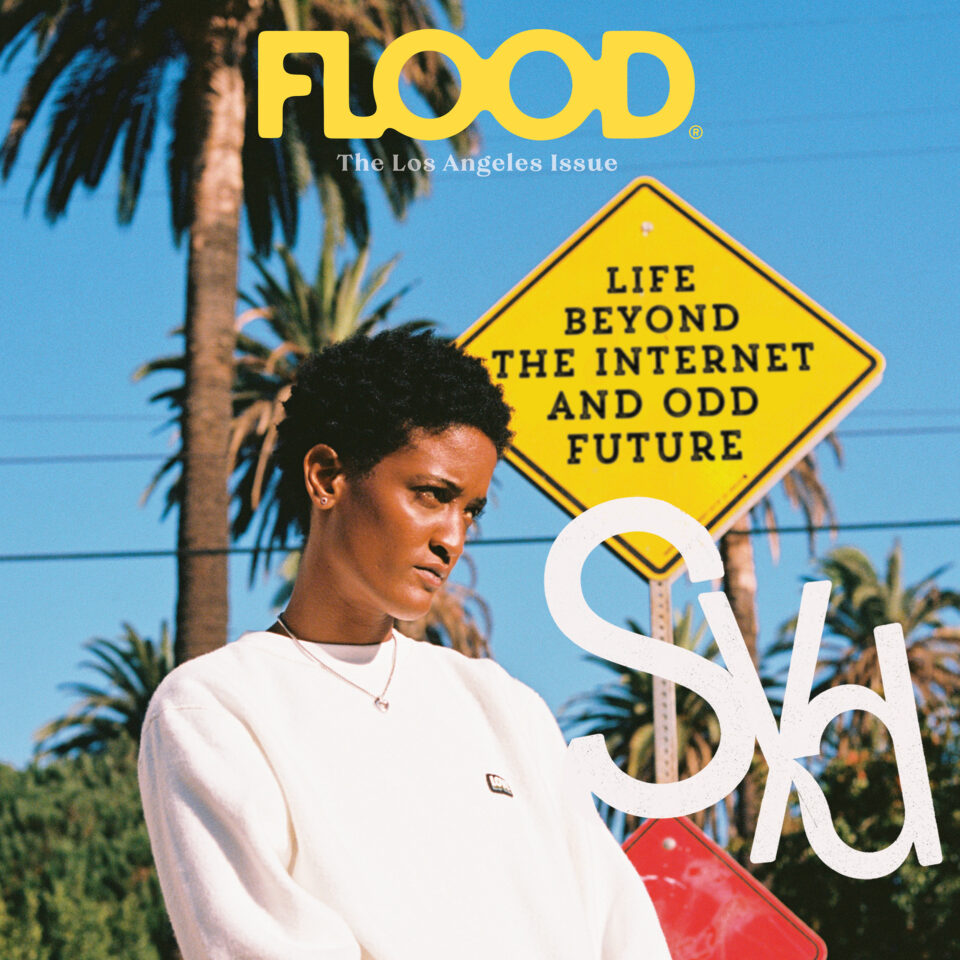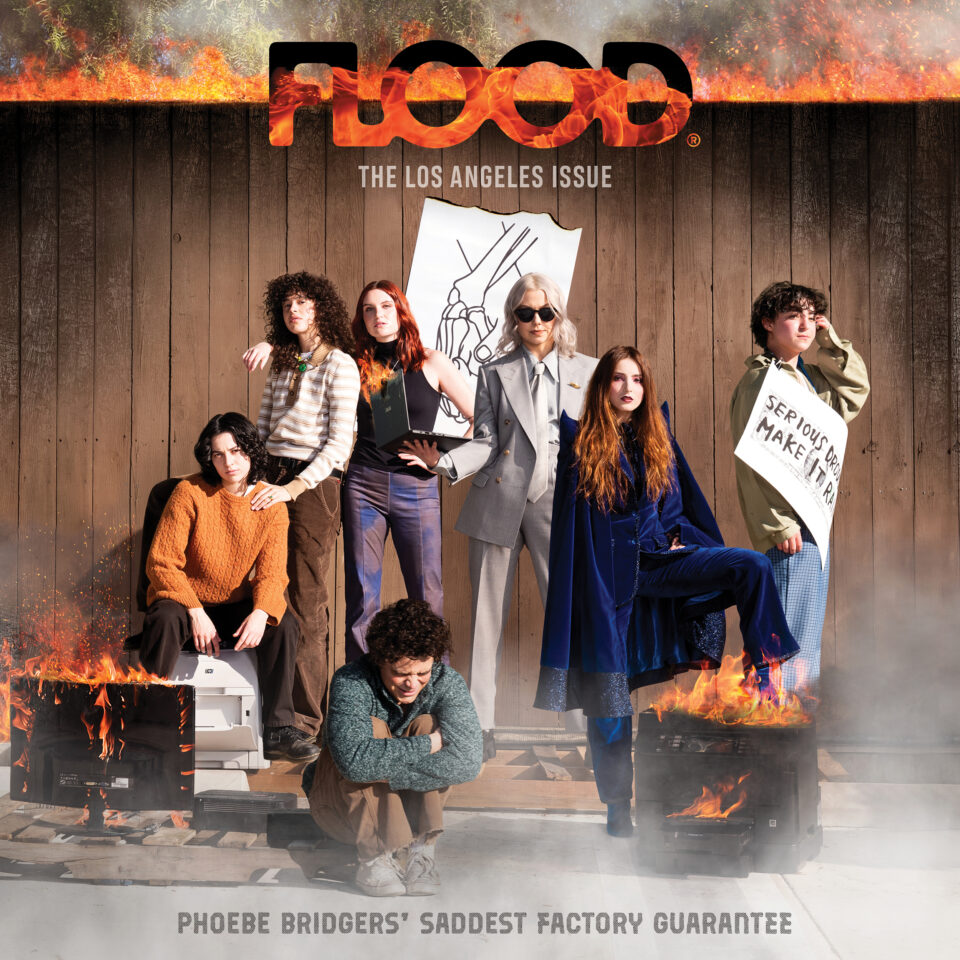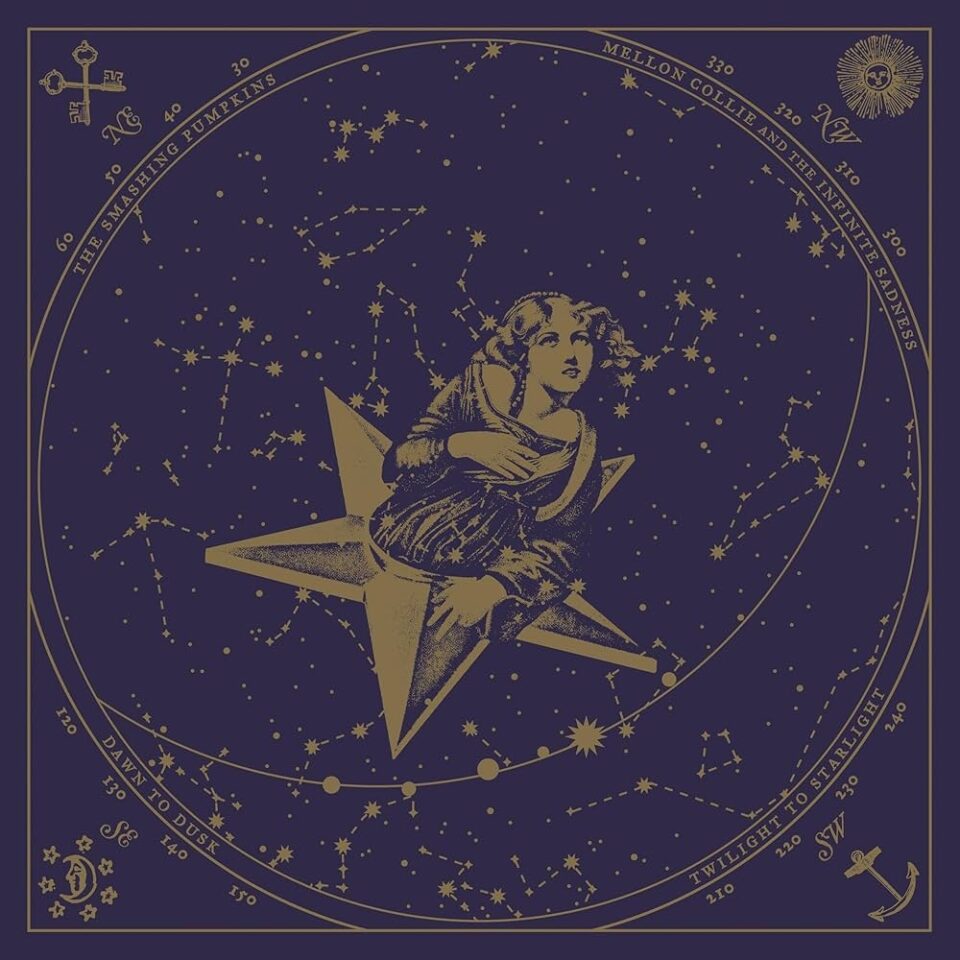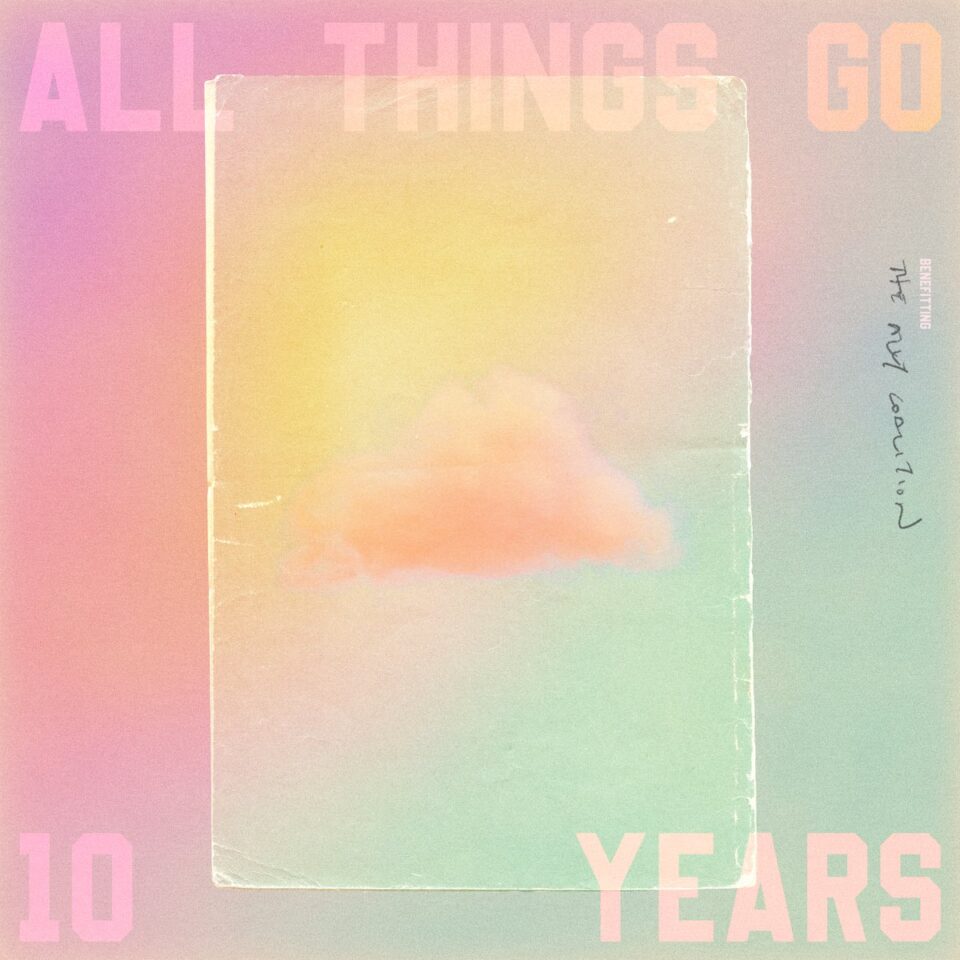What do Men in Black, The Fifth Element, Starship Troopers, Gattaca, and Contact have in common?
Besides being among the most memorable science-fiction films ever made, they were all released in 1997. Twenty years ago, sci-fi was the de facto hit film genre of choice for everything from skin-crawling horror flicks, like Guillermo del Toro’s Mimic, to Disney family films, like RocketMan and Flubber, to Hollywood action blockbusters, like The Lost World: Jurassic Park.
Forget cheap imitations of Star Trek or recycled Twilight Zone episodes—these sci-fi films were complex stories that existed in strange universes of their own and went completely off the deep end. Many were spec scripts. Others were based on stories that writers and directors had thought up and dreamt about for years. Even mixed bags like Event Horizon or Alien Resurrection, and lemons like Joel Schumacher's Batman & Robin, played out as uninhibited visual spectacles on screen.
The secret to their success was simple: each movie took place in an original, fully developed world. Complete with decades- or centuries-old mythologies, dynamic and bizarre characters, and, in one case, even an invented working language built from scratch.
Consider Men in Black. The third-highest grossing film of the year (behind Titanic and The Lost World) began as a pulpy comic book that revolved around an international espionage organization overseeing all paranormal activity on Earth. Not only policing aliens, but also vampires, werewolves, demons, and mutants, the MiB’s ultimate goal was to manipulate and control the world.
The film adaptation of the comic differed greatly, swapping the original story’s grim tone for comedy, largely thanks to director Barry Sonnenfeld, who previously helmed both Addams Family movies and Get Shorty. Sonnenfeld changed Men in Black from taking place mostly underground, in Kansas, Nevada, and Washington, DC, to New York City because he felt that many of the city’s structures resembled rocket ships and flying saucers, and that New Yorkers would more likely tolerate disguised aliens behaving oddly. Before Tommy Lee Jones and Will Smith were attached to the film, Clint Eastwood and Chris O’Donnell were considered for the roles of Agents K and J, and the original draft of the film (which Jones reportedly said “stank”) ended with J and the giant bug having an existential debate.
Audiences must’ve been used to strangeness by the time Men in Black was released in July. Just two months prior, they experienced The Fifth Element, starring Bruce Willis as a special-forces-major-turned-taxi-driver who rescues an advanced humanoid woman believed to be the “Fifth Element” of an ancient prophecy destined to save twenty-third century Earth. Co-writer and director Luc Besson had envisioned Element as a teenager and first began writing the script at age sixteen (he was thirty-eight by the film’s debut), modeling his vision of the future off the French sci-fi comic Valérian and Laureline by writer Pierre Christin and artist Jean-Claude Mézières, both of whom he recruited for the movie’s production design. (Besson would later directly adapt the comic in last year’s Valerian and the City of a Thousand Planets.) [Editor’s note: Before this story was published, Besson was accused of rape by a French actress.]
These sci-fi films were complex stories that existed in strange universes of their own and went completely off the deep end.
Tired of the brooding, gloomy, dimly lit locales usually found in science-fiction films (think Blade Runner’s Los Angeles or the spaceships of Alien), the director demanded most action scenes occur in broad daylight. The resulting New York City of The Fifth Element is a grimy, retro-futuristic dystopia glossed in unmistakable ’90s sheen. Besson also invented the four-hundred-word “Divine Language” that actress Milla Jovovich speaks in the film, the two of them trading letters to one another in the language as practice. Avant-garde French designer Jean-Paul Gaultier (who gave Madonna her famous cone bra) created each of the nine-hundred costumes worn by extras, designed to challenge gender norms (and apparently budget; a single jacket reportedly cost five-thousand dollars).
***
In 1997, the world never seemed closer to a future of unprecedented possibilities in space, science, and technology. Microsoft became the world’s most valuable company at 261 billion dollars. That February, scientists at the Roslin Institute in Scotland announced that they had successfully cloned a sheep named Dolly, marking a huge (and controversial) step forward in genetic research and engineering. In May, IBM’s chess-playing computer Deep Blue defeated world chess champion Garry Kasparov, marking a giant milestone for artificial intelligence, and signaling a point where machine development had begun to outpace our own. NASA’s Mars Pathfinder successfully landed on the Red Planet in July, and all year, the comet Hale-Bopp reached close enough to Earth to be visible to the naked eye, shining brighter than any star in the sky save for Sirius. In response, thirty-nine members of the Heaven’s Gate religious cult in San Diego committed mass suicide in order to board what they believed to be an extraterrestrial spacecraft trailing the comet.
All of which would’ve made Contact, which premiered that July, seem oddly prescient. In the film, religious radicals respond to the construction of an intergalactic transportation device, using schematics received from an alien signal, with a suicide attack. Science and religion go head-to-head all through Contact, a film that explores the merits of belief in the intangible—whether it’s the existence of God, communication with aliens, or the human capacity for love.
Scientist Carl Sagan originally conceptualized the idea in 1979, simultaneously working on a novel of the story as well as a film treatment. But the movie languished in development for over fifteen years, with a variety of directors attached to the project, including two-time Academy Award–nominee Roland Joffé and Mad Max’s George Miller, before Robert Zemeckis accepted the offer, insisting on total artistic control and right of final cut. One of his biggest changes came with the film’s climax, which swapped in Jodie Foster’s character visiting an otherworldly transit system instead of the original plot point, where aliens simply put on a light show above Earth. For audiences looking for a movie about a human being traveling through space on a search to benefit all of humanity, ultimately finding salvation through alien communication with an estranged family member, look no further than Contact—or its spiritual successor, Christopher Nolan’s Interstellar, which Contact executive producer Lynda Obst and theoretical physicist Kip Thorne would later develop. (Matthew McConaughey’s in both of them.)
***
The possibility of deep space travel isn’t a new objective in the movie Gattaca; it’s the lifelong dream for Vincent Freeman (Ethan Hawke), whose designation as a biological invalid in a not-too-distant future relegates him to menial jobs. Professional employment, such as becoming an astronaut, is limited to genetically engineered “valid” humans who are less susceptible to disorders and disease. Written and directed by Andrew Niccol, who also wrote S1m0ne and The Truman Show, Gattaca examines reproductive technologies and the effects of a society steered by eugenics. Humans conceived naturally are reduced to second-class status regardless of ability or aptitude, while those whose genes and hereditary traits have been designed must live up to the expectations of being the best.
Gattaca also engaged the scientific community as a cultural touchpoint in the debate over human genetic manipulation with scientists, bioengineers, and bioethicists arguing in support of or against the practice. Some cited the film’s depiction of the dangers of genetic discrimination and the biological determinism that could serve as later justification for slavery, racism, sexism, and artificially imposed socioeconomic divisions. Others, including bioethicist James Hughes, argued that critical programs (such as those involving astronauts) are justified in attempting to screen out people with health problems for safety reasons. In his review of the film for the scientific journal Nature Genetics, molecular biologist Lee M. Silver noted that Gattaca was a film that he believed all geneticists should see simply in the interest of understanding the public’s “perception” of their work.
When considering humankind’s dystopian future, if Gattaca offers a question mark, then Paul Verhoeven’s Starship Troopers throws down the galaxy’s biggest exclamation point. Critics panned Troopers upon its initial release, calling it brainless, overly violent, and aimed solely toward adolescent males…but that was exactly the point of the film. Verhoeven, who was already known for directing lurid satires like RoboCop, Total Recall, and Showgirls, teamed up with RoboCop screenwriter Edward Neumeier to adapt Robert Heinlein’s 1959 novel that follows Johnny Rico through the military ranks in a galactic war against giant bugs.
But while Heinlein’s novel was likened to glorified recruitment propaganda for the military, Verhoeven intended the Starship Troopers film to subvert and satirize right-wing military fanaticism with ridiculous displays of nationalism. In-movie news reports promote xenophobia and fascism, and the film’s first shot is taken from the 1935 Nazi propaganda film Triumph of the Will. Nazi-inspired uniforms and insignia are worn by characters throughout the movie while they regurgitate slogans like “Everybody fights, nobody quits!” and “The only good bug is a dead bug!” Verhoeven’s message is that war makes fascists of us all. And in Starship Troopers, the war never ends.
***
Whether they offered unbridled visions of the future, alternate realities of our present, or even scenarios outside of known time and space (like Cube, which was about seven people making their way through a giant industrial cube filled with lethal traps), the movies of 1997 became cult classics for a reason. Love ’em or hate ’em, critically acclaimed hits or box office bombs, these sci-fi films are among the most memorable in recent memory.
Twenty years later, recent science-fiction films find the genre looking either to the past with new installments of old franchises (like Star Wars and Blade Runner), or largely absorbed by comic-book narratives (like Guardians of the Galaxy and Justice League). There have been some winners in recent years, including Gravity, Ex Machina, Edge of Tomorrow, The Martian, and Arrival, but these films seem to be limited to one or two occurences a year and have mostly been rooted in the real world.
Unless upcoming sci-fi flicks can find the strength to once again bring wild visions to the screen and blast off into the unknown, it’s hard to imagine that future films will ever land among the stars. But if 1997 is any indication, we know audiences are ready for the trip. FL

